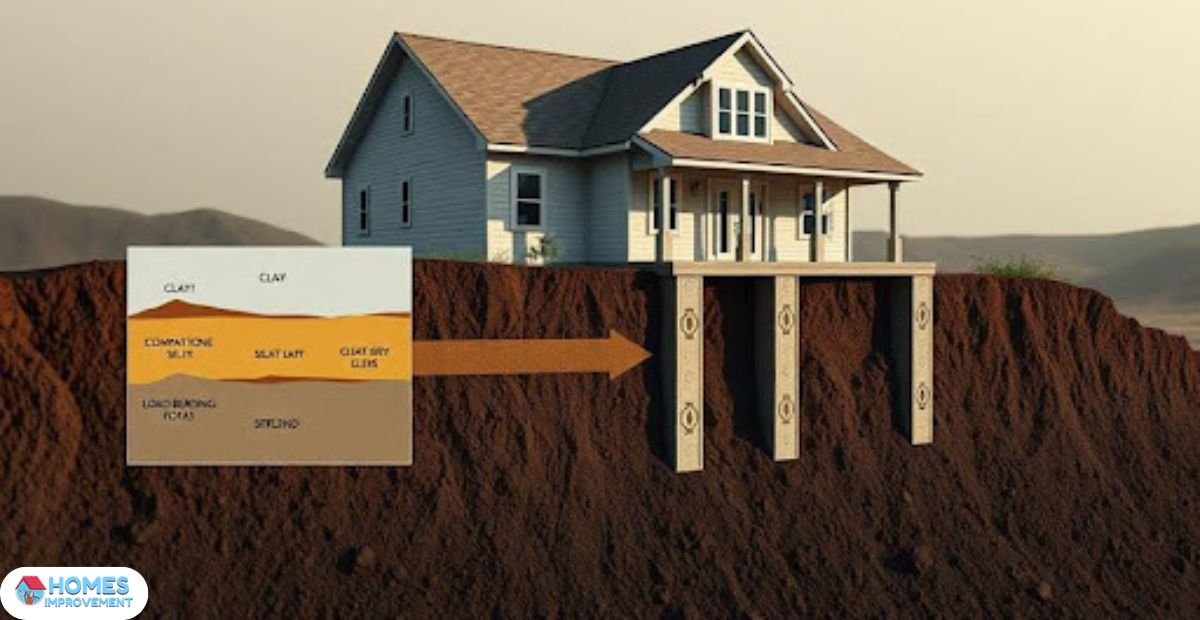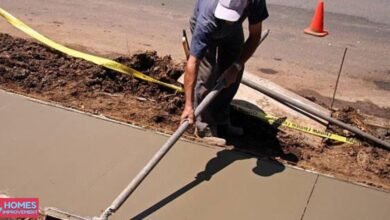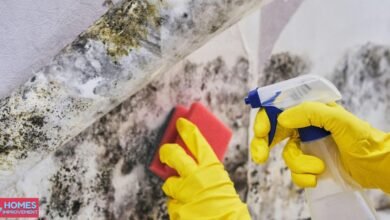How Soil Type Affects the Stability of Your Home’s Structure

Did you know that about 25% of homes face foundation problems due to soil movement? Knowing how soil type affects your home’s stability can save you a lot of money on repairs.
Your home’s foundation is only as strong as the ground it sits on. Different soils can greatly affect your home’s stability. Whether it’s sandy or clay-rich, the soil under your home matters a lot.
Choosing the right foundation starts with knowing your soil. Some soils are great, while others can cause big problems. It’s important for homeowners and builders to check the soil to build a strong home.
Foundation stability is more than just building a house. It’s about keeping your biggest investment safe. Knowing about soil risks can stop big damage and keep your home strong for years.
Understanding Different Soil Types and Their Properties
Soil is a complex natural resource that plays a crucial role in home construction and foundation stability. The composition of soil directly impacts how structures are built and maintained. Different soil types have unique characteristics that can significantly influence building foundations.
Understanding the properties of various soil types helps homeowners and builders make informed decisions about construction and potential foundation challenges.
Sandy Soil: Quick Drainage and Stability
Sandy soil is characterized by its large particle size and excellent drainage capabilities. Key features include:
● Rapid water drainage prevents moisture buildup
● Minimal expansion and contraction
● Good stability for building foundations
● Low nutrient retention
The sandy soil properties make it a preferred choice for construction in areas with consistent moisture conditions. Its ability to manage water quickly reduces potential foundation stress.
Clay Soil: The Expansion Challenge
Clay soil presents unique challenges for home foundations due to its distinctive properties:
● High water retention capacity
● Significant volume changes with moisture
● Prone to expansion and contraction
● Potential for foundation movement
| Soil Type | Water Retention | Foundation Risk |
| Clay Soil | High | Significant |
| Sandy Soil | Low | Minimal |
| Loam Soil | Moderate | Low |
Loam Soil: The Ideal Foundation Base
Loam soil represents the gold standard for building foundations. Its balanced composition offers:
● Balanced mixture of sand, silt, and clay
● Optimal drainage and water retention
● Minimal structural movement
● Consistent support for building foundations
The soil properties of loam make it the most desirable option for stable home construction, providing a reliable base that minimizes potential foundation issues.
Critical Factors Affecting Home Structure
Foundation stability is influenced by many environmental and geological factors. These factors can greatly affect a home’s structure. Structural engineers must examine these elements closely to ensure a home’s safety and performance over time.
Several key factors can harm foundation stability:
● Soil erosion risks
● Temperature changes
● Groundwater impact
● Soil bearing capacity
Soil erosion is a big threat to foundation stability. Water can slowly weaken the soil, making it uneven. This unevenness can harm the foundation. Areas with lots of rain or steep slopes are especially at risk.
Temperature changes also stress foundations. When temperatures swing wildly, the soil expands and contracts. This can cause the foundation to move and possibly get damaged.
| Factor | Potential Impact | Mitigation Strategy |
| Soil Erosion | Uneven foundation support | Proper drainage systems |
| Temperature Fluctuations | Soil expansion/contraction | Insulation and strategic foundation design |
| Groundwater Levels | Foundation instability | Waterproofing and drainage management |
Groundwater’s impact is also important. Shallow water tables can put a lot of pressure on foundations. This can cause the foundation to move or let water in. Engineers suggest detailed studies to understand groundwater levels and design strong foundations.
By being proactive and designing carefully, homeowners can reduce risks from these environmental factors.
Foundation Problems and Warning Signs
Foundation issues can quickly turn into big problems. Homeowners need to watch for signs of damage. This can affect your home’s stability and value.
Spotting early signs of foundation problems can save a lot of money. Damage often starts small, with signs that are easy to miss.
Visible Structural Changes
Foundation cracks are a big warning sign. Look out for:
● Horizontal or 45-degree angle cracks wider than 1/8 inch
● Uneven or sloping floors
● Doors and windows that stick or don’t close properly
● Visible wall cracks, especially near corners and windows
If shifting soils have caused cracks or uneven surfaces in your home, seeking professional foundation repair services can help stabilize your structure and prevent further damage.
Soil-Related Foundation Damage
Soil shifting can harm your home’s foundation. Different soils react differently to moisture and changes. This can cause serious damage.
| Soil Type | Foundation Risk | Potential Damage |
| Clay Soil | High | Extreme expansion/contraction |
| Sandy Soil | Moderate | Potential settlement issues |
| Loam Soil | Low | Most stable foundation base |
Impact of Water and Erosion
Good water drainage is key to avoiding foundation problems. Bad drainage can cause:
- Soil erosion around foundation
- Increased moisture causing soil shifting
- Potential water damage to structural elements
Pro tip: Regular foundation inspections can help catch minor issues before they escalate into costly repairs.
Conclusion
Knowing about soil types is key to keeping your home safe. Taking steps to protect your foundation is important. This helps keep your property stable and secure.
Using soil stabilization techniques is vital for your home’s upkeep. Regular checks on your foundation and good drainage systems help a lot. Also, smart landscaping can lower the risk of damage.
When you see signs of foundation stress, get help from experts. They can check the soil and suggest the best fixes. This can save you a lot of time and money.
Your home’s foundation is its backbone. By learning about soil, taking preventive steps, and getting expert advice, you can keep your home safe. This way, your property stays strong against soil problems.
If you need more information, click on this link.





